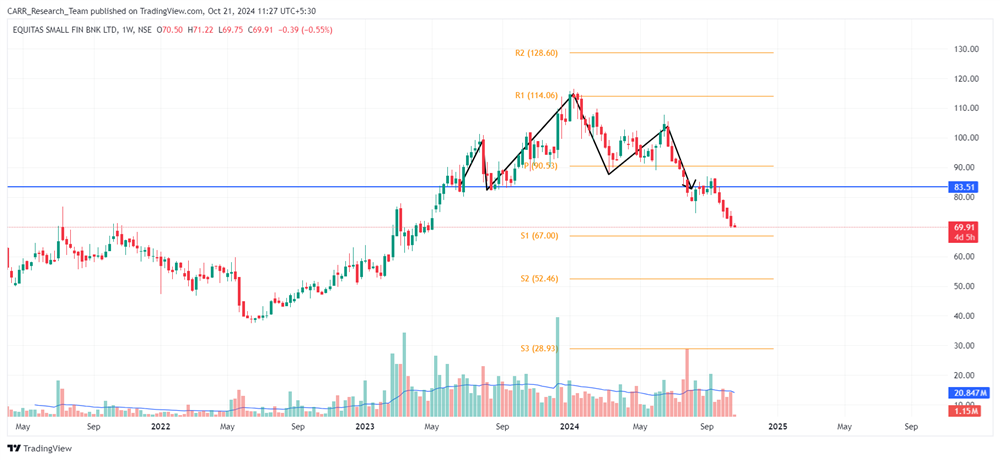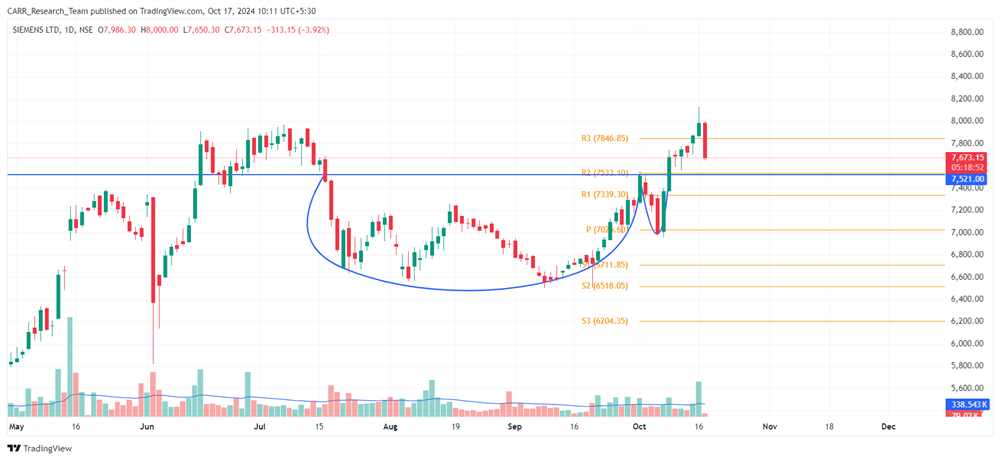India's city gas distribution (CGD) sector, represented by companies like Indraprastha Gas Ltd. (IGL), Mahanagar Gas Ltd. (MGL), and Gujarat Gas, has long enjoyed stable growth. However, recent challenges, including cuts in domestic gas allocations and soaring global liquefied natural gas (LNG) prices, have raised concerns about the future of these companies. Investors are now facing the possibility of a derating—where the market assigns a lower valuation to these stocks due to weaker growth prospects.
What is Derating?
In financial markets, a derating refers to a decline in the price-to-earnings (P/E) ratio, typically reflecting reduced investor confidence in a company's future earnings growth. For IGL, MGL, and Gujarat Gas, multiple factors have come together to trigger concerns of a potential derating, including profitability pressures and valuation worries.
- APM Gas Allocation Cuts and Their Impact
A major blow to the CGD sector came when the government reduced its allocation of cheaper domestic natural gas, known as Administered Price Mechanism (APM) gas. As a result, companies are now forced to rely more on expensive imported LNG to meet their needs, leading to shrinking profit margins.
According to The Economic Times, shares of IGL and MGL fell by up to 15% following the announcement of the APM gas allocation cuts. Both companies have warned that profitability will be hit hard, as they’ll have to pay higher prices for gas on the open market. IGL, in particular, stated that this reduced allocation would adversely impact its earnings.
- Rising Global LNG Prices
The global rise in LNG prices has compounded the problem. Driven by geopolitical tensions, supply chain disruptions, and increasing demand from Europe and Asia, the surge in LNG prices has significantly raised input costs for Indian gas distributors. Historically, companies like IGL and MGL relied on a balance between domestic APM gas and LNG imports. However, with reduced access to cheaper domestic gas, they are now more exposed to volatile international prices.
This upward pressure on costs is eating into the margins of these companies, which have limited room to pass on the full price increase to consumers. Price-sensitive segments, such as compressed natural gas (CNG) for vehicles and piped natural gas (PNG) for households, may see a drop in demand if costs rise too sharply.
- Valuation and Market Sentiment
Previously, CGD companies traded at premium valuations due to their robust growth potential, driven by government policies promoting cleaner energy. However, recent developments have called these valuations into question. As profitability comes under pressure and growth slows, investors are reassessing the high multiples these stocks were once assigned.
With the likelihood of reduced earnings growth, market sentiment has shifted. The derating of these stocks reflects broader concerns that the golden era of double-digit growth in the sector may be coming to an end. While the long-term growth potential remains intact, the immediate challenges are weighing heavily on investor confidence.
- Regulatory Uncertainty
Another layer of uncertainty for the sector comes from potential policy shifts. Changes being discussed, such as a unified tariff system and the inclusion of natural gas under the Goods and Services Tax (GST), could further affect profitability. Regulatory risks are a persistent concern for the sector, and any unfavourable decisions could lead to further downside risks.
While the Indian government remains committed to expanding the use of natural gas as part of its energy transition strategy, the near-term outlook is clouded by these regulatory uncertainties.
What Lies Ahead for the Sector?
Despite the current challenges, the long-term outlook for the city gas distribution sector remains positive. The Indian government’s push for cleaner energy solutions, increasing urbanization, and the expansion of gas distribution networks are strong growth drivers. Demand for CNG and PNG is expected to grow as India continues to transition away from more polluting fuels like coal and oil.
However, the short-term outlook is likely to remain volatile. Investors should watch how IGL, MGL, and Gujarat Gas navigate these turbulent waters—particularly how they manage rising costs and maintain demand. Key areas of focus will be their pricing strategies, cost management, and ability to secure favourable gas supplies.
Conclusion
The city gas distribution sector in India is facing headwinds that are shaking investor confidence. The reduction in domestic gas allocations and the rise in global LNG prices have put significant pressure on the profitability of IGL, MGL, and Gujarat Gas. This has led to a potential derating of these stocks, as the market reassesses their future growth potential.
For investors, the long-term growth story of natural gas remains intact, but the near-term risks are substantial. Profitability will be squeezed as companies grapple with higher input costs, and regulatory uncertainties add another layer of complexity. Investors would do well to remain cautious in the short term while keeping an eye on the broader energy transition trends that could support the sector’s growth in the future.























_400.png)

